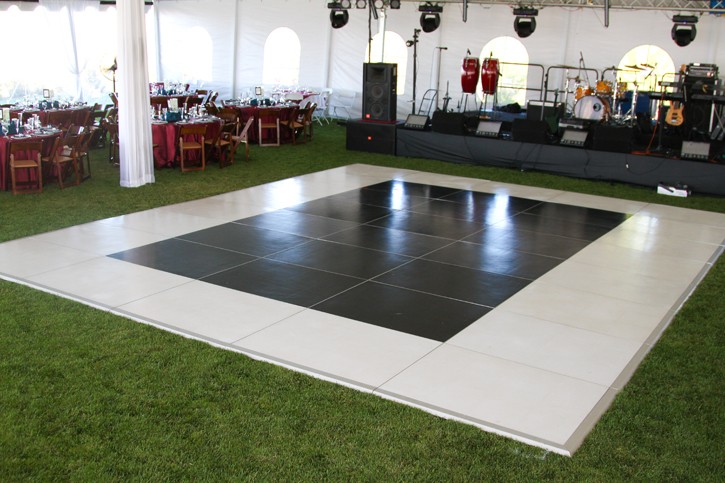Exploring the Benefits and Disadvantages of Wood and Synthetic Dance Surface Materials for Ideal Functionality and Aesthetics
Exploring the Benefits and Disadvantages of Wood and Synthetic Dance Surface Materials for Ideal Functionality and Aesthetics
Blog Article
As it pertains to selecting the appropriate dance surface substance, timber and vinyl are two common choices that dancers and studio proprietors often consider. Each substance has its own unique benefits and drawbacks that can affect execution, security, and visual appeal. Comprehending these differences is crucial for making an educated choice that satisfies the needs of dancers and enhances the general environment in a dance studio or performance space.
Timber dance floors are often favored for their classic appearance and feel. They offer a organic area that can absorb shock, which is beneficial for performers who perform high-impact movements. The flexibility of timber helps minimize the risk of harm, such as twists and strains, by providing a stable area. Additionally, timber surfaces can be refinished, allowing them to keep their appearance over time. This longevity makes them a sustainable asset for dance spaces. However, wood surfaces can be more costly to set up and upkeep compared to vinyl options, and they may need consistent maintenance to prevent warping or harm from moisture.
On the other hand, vinyl dance surfaces provide a variety of benefits that make them attractive to many dance spaces. One of the primary advantages of synthetic is its affordability. Vinyl surfaces is generally more affordable to purchase and install than wood, making it a cost-effective choice for studios. Furthermore, synthetic is available in a variety of colors and patterns, allowing for more personalization to align with the style of the area. Synthetic surfaces are also easier to clean and care for, as they are resistant to marks and moisture. However, some dancers may discover that synthetic does not provide the same level of impact cushioning as timber, which could result to discomfort during long rehearsal wikipedia reference periods.
Another crucial factor to consider is the type of dancing being executed. Various dance genres may demand distinct floor materials for optimal execution. For instance, ballet dancers often favor wood floors because they offer a solid area for turns and jumps. In contrast, styles like urban dance or jazz may benefit from the non-slip features of synthetic. It is crucial for studio proprietors to take into account the main dancing styles taught in their space when choosing a surface material. This consideration can help ensure that dancers have the best possible experience while practicing and performing.
Aesthetics also play a major role in the choice procedure. Timber floors are often associated with sophistication and tradition, making them a favored option for elegant dancing spaces and performance venues. The natural grain and warmth of wood can create a welcoming atmosphere that improves the overall experience for both performers and audiences. Conversely, vinyl floors can be designed to mimic the look of timber or alternative substances, offering a modern and chic look. The decision between timber and synthetic can eventually hinge on the intended atmosphere of the area and the impact that dance studio owners want to establish.
In summary, both wood and vinyl dance floors have their own set of benefits and drawbacks that can influence execution and visual appeal. Timber surfaces offer longevity, impact cushioning, and a classic appearance, while synthetic surfaces provide affordability, ease of maintenance, and design versatility. The choice between these substances should be determined on the specific requirements of the performers, the types of dancing being taught, and the overall vision for the studio. By carefully considering these factors, dance studio proprietors can create an atmosphere that supports optimal performance and enhances the pleasure of dance for all involved.